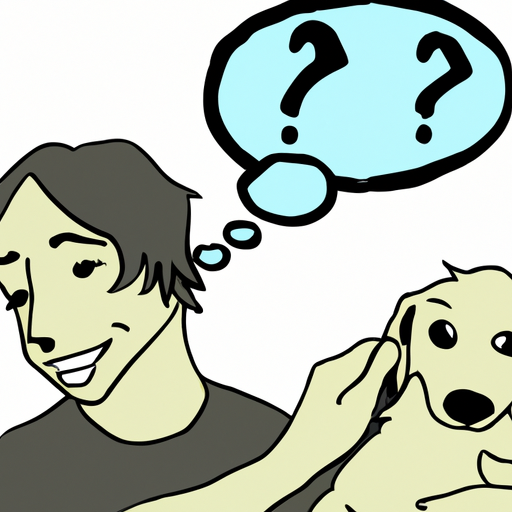Understanding Your Dog’s Body Language
Your dog’s ears are more than just cute, fluffy appendages on the side of their head. They’re a crucial part of their communication toolkit. Just as you use your facial expressions and body language to convey your feelings, your dog uses their ears to do the same.
The position of a dog’s ears can signal a range of emotions, from fear and aggression to relaxation and contentment. When your dog’s ears go back as you pet them, it’s often a sign that they’re relaxed and enjoying the interaction. But it could also mean something else, depending on other signals your dog is sending.
So let’s delve deeper into the fascinating world of canine communication.
Why Dogs Put Their Ears Back
-
Relaxation: When you pet your dog and their ears go back, it’s usually a sign of relaxation. Dogs often put their ears back when they’re in a calm, relaxed state. So, if your dog’s ears go back while you’re petting them, it’s a good sign that they’re enjoying the attention.
-
Submission: Sometimes, dogs put their ears back as a sign of submission. This is more likely if your dog is interacting with another dog.
-
Fear or Anxiety: If your dog puts their ears back and also shows other signs of distress (like tail tucking or avoidance behavior), they may be scared or anxious.
Reading Your Dog’s Signals
Here are some common signals that your dog’s ears might be sending you:
- Ears perked up and forward: This usually signifies attention or interest.
- Ears back and flat against the head: This could indicate fear or submission.
- Ears relaxed and slightly back: This generally means your dog is calm and content.
| Ear Position | Emotion |
|---|---|
| Perked up and forward | Attention or interest |
| Back and flat against the head | Fear or submission |
| Relaxed and slightly back | Calm and content |
The Science Behind Dog’s Ear Movements
Dogs have over 18 muscles in their ears that allow for a wide range of movements. This is why they can move their ears back when you pet them or perk them up when they hear a suspicious noise. This range of motion also allows dogs to express their emotions more vividly through their ear positions.
How to Respond to Your Dog’s Ear Movements
As a caregiver, your response to your dog’s ear movements should be based on understanding and empathy.
- If your dog’s ears go back in a relaxed manner while you’re petting them, continue what you’re doing. They’re enjoying it.
- If your dog’s ears are back and flat against their head, and they’re showing other signs of distress, give them space and try to alleviate their anxiety.
- If your dog’s ears are perked up and they seem alert or interested, let them investigate the source of their curiosity.
FAQ
Q: Why does my dog put their ears back when I pet them?
A: It’s usually a sign that your dog is relaxed and enjoying the interaction. However, if they also show signs of distress, it could mean they’re anxious or scared.
Q: What does it mean when my dog’s ears are perked up and forward?
A: This usually signifies attention or interest. Your dog might have heard or seen something that caught their attention.
Q: How should I respond to my dog’s ear movements?
A: Your response should be based on understanding and empathy. If your dog is relaxed, continue what you’re doing. If they’re showing signs of distress, give them space and try to alleviate their anxiety.



